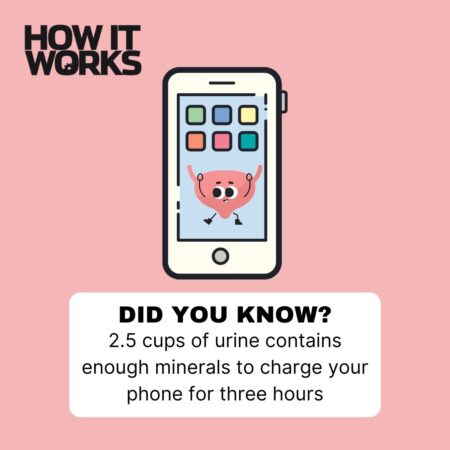Seaweed superpowers: How can eating seaweed improve your diet?
by Ailsa Harvey · 11/09/2019

We know that humans have eaten algae since prehistoric times. Edible seaweed is still a common ingredient in many countries, such as the nori that surrounds many Japanese sushi dishes. Algae are far less common in Western diets, but there are growing efforts to change this. Consuming algae is a delicious way of introducing more vitamins and minerals into your diet. They are particularly rich sources of beta-carotene (provitamin A) and iodine, which we need to make hormones that keep our metabolism healthy. Studies suggest that iodine deficiency is rather common in the UK (which ranks seventh in the ten most iodine-deficient nations in the world); increasing our seaweed consumption could help reduce this problem.
Perhaps the most valuable algal product is as a source of fatty acid supplementation in food products, as it contains huge amounts of both mono- and polyunsaturated fats. If you want to try edible seaweed, it is easy to introduce into your diet and can be eaten raw or dried.

Foraging for your own seaweed snacks
1) Check the law in your country to make sure you have permission to be harvesting seaweed in the area, and check that the water is clean.
2) Select the species you would like to harvest and cut it carefully with scissors rather than pulling up the seaweed.
3) Harvest the seaweed across a wide area, taking a little from each space to ensure that you don’t do any damage to the growth of the species in the area.
4) When you get home, clean the seaweed by washing it in a bowl of water at least three times, changing the water between each wash. Make sure all of the sand is
removed and there are no little critters still attached.
5) Almost all seaweed tastes great baked in the oven for half an hour, but to make the most out of your well-earned snack, check the best way to prepare it.
For more science and technology articles, pick up the latest copy of How It Works from all good retailers or from our website now. If you have a tablet or smartphone, you can also download the digital version onto your iOS or Android device. To make sure you never miss an issue of How It Works magazine,
Enter our latest competition
More
- Next story Useless Body Parts: Vestigial organs
- Previous story The human body: What are electrolytes?




